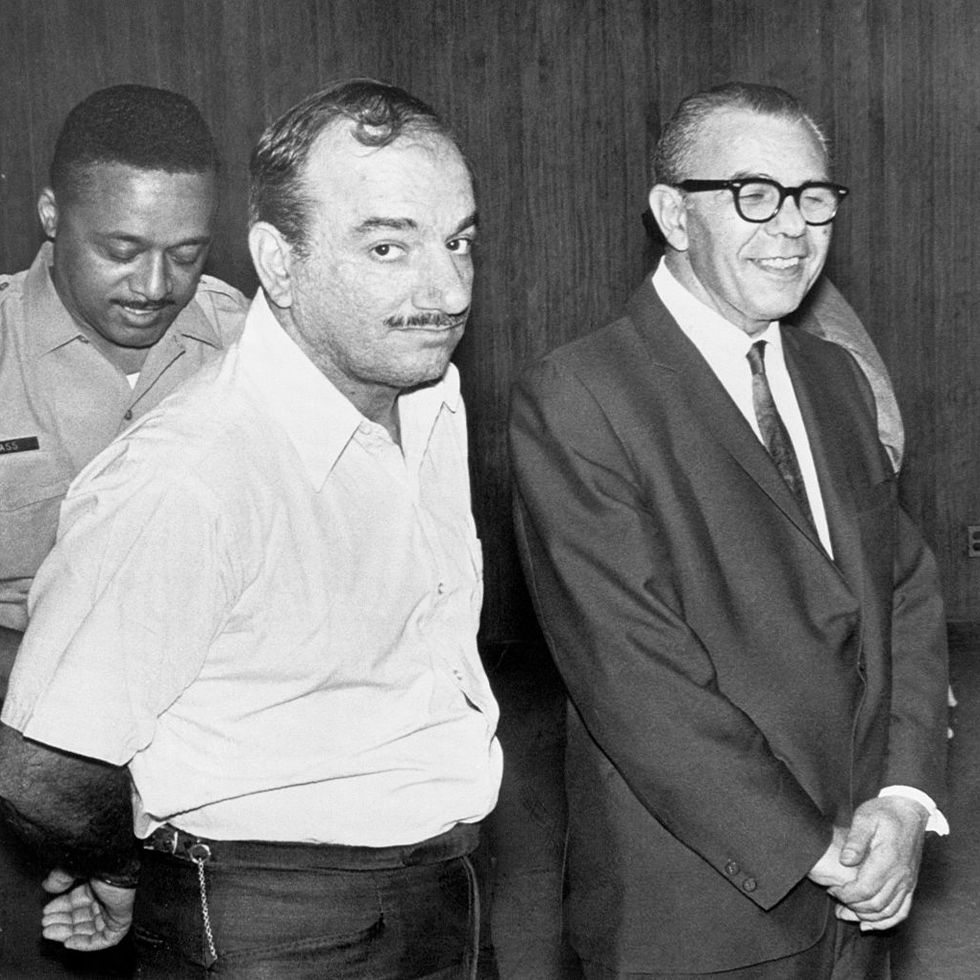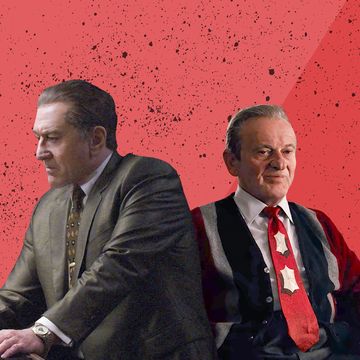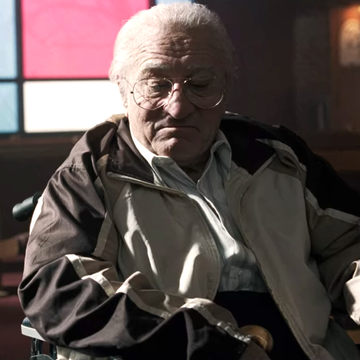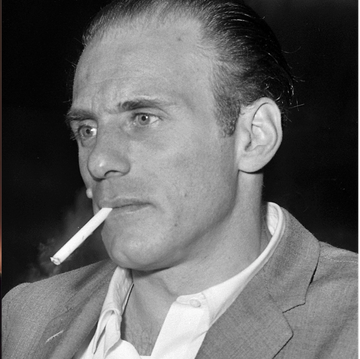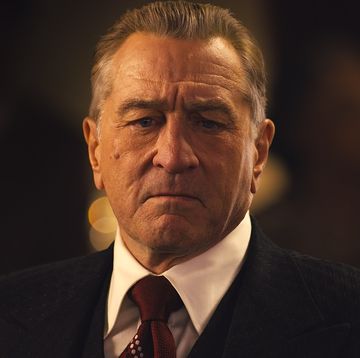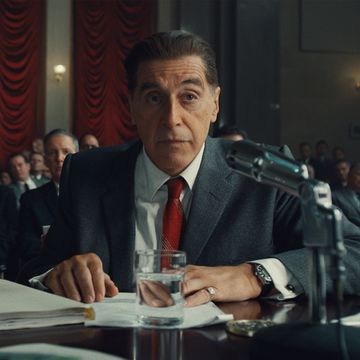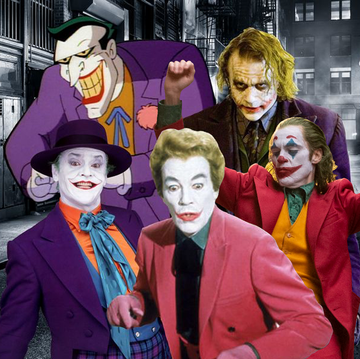The Irishman fits an astonishing number of real-life mafia stories into its three-and-a-half hour runtime. One of the film’s techniques for including micro-tales is its use of captions, which director Martin Scorsese deploys in order to identify mobsters and outline the circumstances of their-usually violent deaths. One of these captions was for Frank Sindone, who was murdered in 1980—and who reputedly played a role in the murder of Angelo Bruno, who’s played in the film by Harvey Keitel. Here’s what you need to know.
Who was Angelo Bruno?
Bruno was the head of organized crime in Philadelphia and Atlantic City from 1959 to 1980. In his most significant scene in the film, Bruno confronts Frank “The Irishman” Sheeran after Sheeran took a job that involved in bombing a laundry business, without knowing that Bruno owned a stake in it. Keitel’s menacing meeting with Sheeran, in which he declares that he would have let him be murdered for the laundry caper were it not for the intervention of Russell Bufalino (Joe Pesci), is taken straight from Charles Brandt’s book, I Heard You Paint Houses.
But the fact that Bruno was willing to spare Sheeran’s life was in keeping with his reputation as relatively cool-headed crime lord. Known as the “Docile Don,” his time at the top of Philadelaphia’s criminal hierarchy was marked by a relative lack of violence, and like Bufalino, he kept a low profile. His organization ran gambling and loan sharking enterprises, and owned stakes in multiple legitimate businesses. Bruno was a powerful figure, and was reportedly a member of the mob’s all-powerful national commission. But he was considered something of an old-fashioned don, and riled his underlings by refusing to allow them to be directly involved in drug trafficking and the considerable profits that accompanied it.
This old-fashioned approach worked—the FBI didn’t make the Philadelphia mafia a priority during Bruno’s reign. But it also may have cost the crime lord his life. “He wasn't making any new members,” one investigator told the New York Times in 1982. “They say he was 'the gentle don.' That's bull. But he was conservative. He was cautious. He was old, and he didn't want to go to jail. These young guys were getting restless because they weren't making any money.”
According to Carl Sifakis’ Mafia Encyclopedia, Atlantic City’s mid-1970s transformation from a declining beach town into a lucrative legal gambling destination may have also contributed to the murder. Southern New Jersey was controlled by the Philadelphia mob, but members of New York’s mafia families also wanted a piece of Atlantic City’s newfound profits. And on March 21, 1980, Bruno was shot to death while parked in his car just outside his home.
How was Frank Sindone involved?
Frank “The Barracuda” Sindone, a member of Bruno’s organization who reportedly ran loan sharking and gambling operations in South Philadelphia, is said to have been a participant in the plot to kill him. Bruno’s consigliere, Antonio “Tony Bananas” Caponigro, was believed to be the main architect of the plot, having sought the permission of Genovese family boss Frank Tieri. According to Phil Leonetti’s book, Mafia Prince, Tieri told Caponigro that the commission approved of his plan to kill Bruno.
But Tieri never consulted the commission, and Caponigro and Sindone allegedly found themselves responsible for the unsanctioned killing of one of the country’s top mob bosses. Soon afterward, the bodies of the men who reportedly carried out the killing were found. On April 18, 1980, the corpses of Caponigro and his brother-in-law were found in the trunk of an abandoned car. John Simone, a captain in Bruno's organization, was found in September, and Sindone was found dead on October 29, having been shot in the head and left in an alley.
The murders didn’t stop there. Phillip “Chicken Man” Testa inherited leadership of Bruno’s organization, but was killed by a bomb planted under his home’s porch in a murder immortalized by Bruce Springsteen in his 1982 song “Atlantic City.” (“They blew up the Chicken Man in Philly last night,” Springsteen sings, “Now they blew up his house too.”) Testa was replaced by Nicodemo “Little Nicky” Scarfo, whose reign was marked by a further escalation of bloodshed. The years following Bruno’s death would see at least two-dozen more killings of Philadelphia mobsters.

